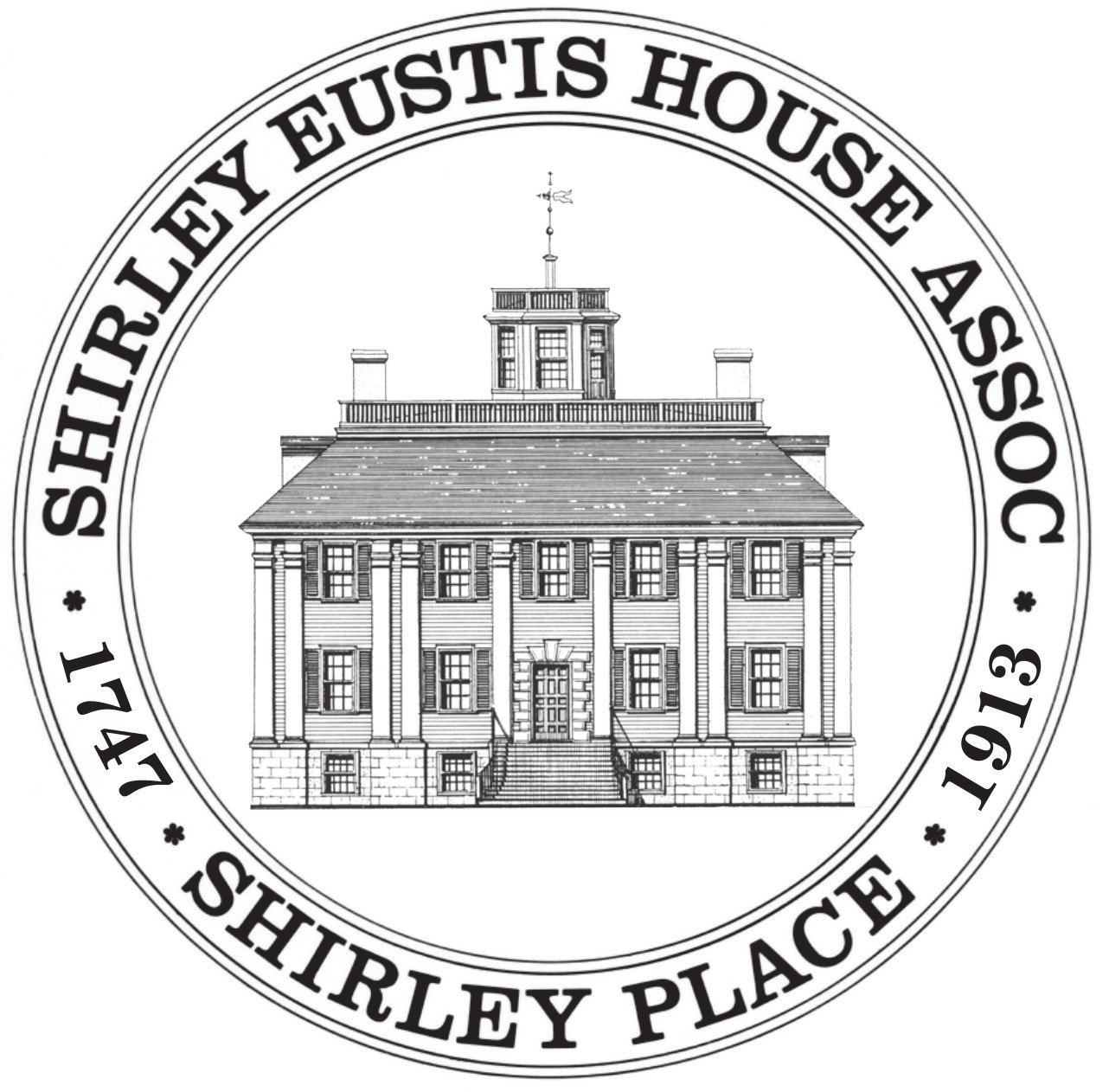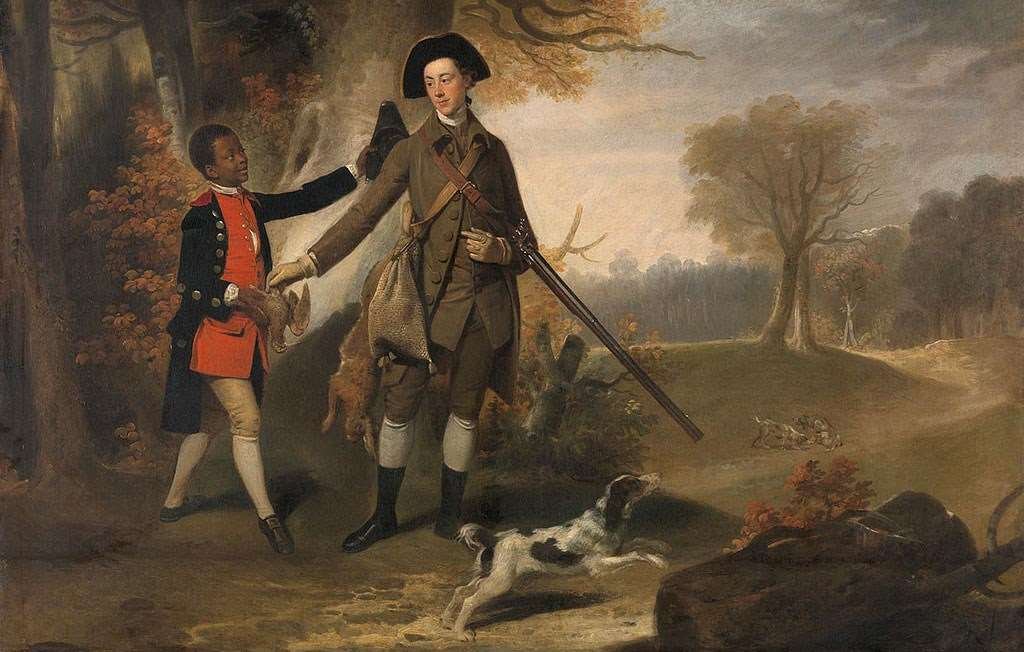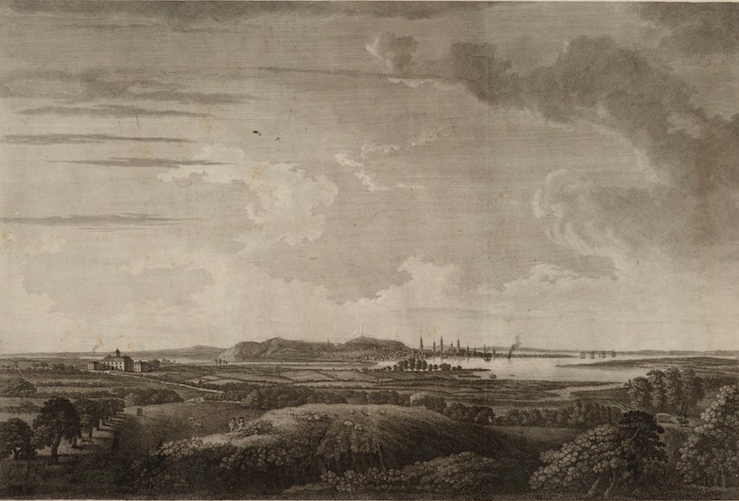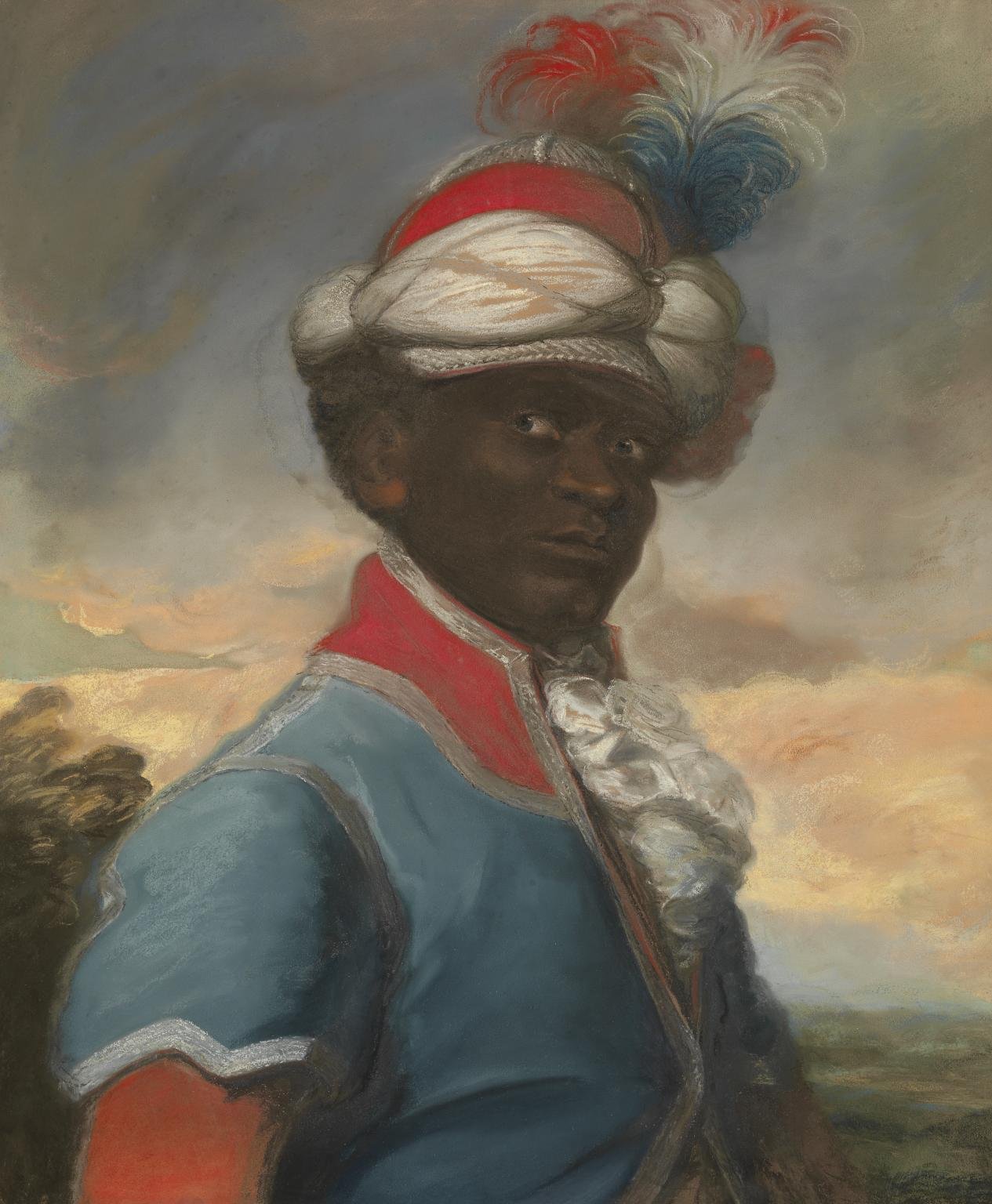
Enslaved Lives in the Shirley Household
< Back to Enslavement at Shirley Place
Thomas Scipio: One Man’s Story
Empty picture frames are often used to represent the lack of information on a certain topic. In this case, we have no images of what Thomas Scipio looked like - only vague written descriptions. Image courtesy iStock.
It is believed that Thomas Scipio was a manservant in the Shirley household. That assumption aligns well with what little we know about him. In 1754, Thomas accompanied William Shirley on a trip to England. This trip implies Shirley trusted Thomas to care for his basic needs for an extended period. Such trips would have taken twelve weeks round trip, not including the time spent in England. In addition, Shirley trusted Thomas not to run away or seek freedom while abroad. Thomas seems to have been a member of the family, to an extent. Most enslaved people were not granted this amount of trust, respect, or autonomy, even by families they spent their whole lives serving. Thomas’ story is made more impactful by the fact that he and Shirley were likely the same age. These were two men whose lives could not be more different, despite their similar ages. Would Shirley have considered Scipio a friend? It is unlikely Scipio would have said the same about Shirley, the man who held complete power over his life and happiness.
One of the people William Shirley enslaved was named Thomas Scipio. Based on the documents we have, it appears that Thomas spent a good portion of his life with the Shirley family. He accompanied the Governor on at least one transatlantic trip to and from England and was eventually entrusted with the care of the estate while Shirley’s daughter, Elizabeth (Shirley) Hutchinson, and her husband, Eliakim, fled Colonial Army forces when they captured Boston during the Revolutionary War. Thomas’ life was emblematic of the close connection in New England colonial society between the enslaved and the free.
Thomas Scipio was possibly born in 1700. A document found by researcher Aabid Allibhai identified a “Negro” called “Tom Scipio” who ran away from a woman who attended King’s Chapel in Boston. This was the same church that both Shirley and his future son-in-law Eliakim Hutchinson attended at the time. It is plausible that Thomas Scipio was either this man or another enslaved person related to him in some way, because assigning enslaved people full first and last names was quite uncommon. At some point after 1736, Thomas was either sold or lent to the Shirley and Hutchinson families. It is there that we begin to see his story intertwine with the Shirley-Eustis House.
Unknown Man and Servant, unknown artist, ca. eighteenth century. The jovial expression on the man and Black servant’s faces suggests some kind of amicable relationship between them, even though the white man held tremendous power over the servant. Image courtesy the Center for British Art at Yale University.
In 1775, after William Shirley passed away, Thomas Scipio remained enslaved by Shirley’s daughter and son-in-law, Elizabeth and Eliakim Hutchinson. If the theory of his birth in 1700 is correct, he would have been seventy-five years old. He continued to serve the Shirley and Hutchinson families. On April 17 of that same year, British military forces evacuated Roxbury and Dorchester to regroup in Boston proper. The Hutchinsons fled with them and with many other wealthy English families, abandoning their country homes in the wake of a colonial advance. Thomas Scipio was entrusted with the care of the Shirley Estate during this time.
A View of Boston Taken on the Road to Dorchester, James Newton, 1776. Shirley Place in 1776, just after Thomas Scipio was entrusted with care of the Shirley Estate. Detail. Image courtesy the Norman B. Leventhal Map Center at the Boston Public Library.
Like many enslaved Africans’ stories, this one does not have a complete or happy ending. The last record we have of Thomas Scipio is of his enslavement by another family in Ludlow, England, in 1784 - meaning he was sold across the Atlantic following his decades of service to the Shirley family. Elizabeth Shirley Hutchinson seemed to have no loyalty toward him after he was too old to serve her in the capacity she wanted.
There is a lot we will likely never know about Thomas Scipio. Most importantly, we will never hear his story from his own perspective. Over his long life, he saw the world around him grow and change and outlived several of his enslavers. He lived almost long enough to see universal emancipation take hold in Massachusetts by 1800 - but likely still died an enslaved man.
Did the Hutchinsons trust Scipio in the same way Shirley did, or did they entrust him with the estate for purely practical reasons? Aabid Allibhai theorizes that British sympathizers left their mansions in the care of people they enslaved so that they could claim someone was still occupying them. If the homes were inhabited, supposedly Continental Army forces would not convert them into hospitals, barracks, or other mean usages. Caring for the Shirley Estate was a rare allocation of power from an enslaver to an enslaved person, but it was not out of the goodness of the Hutchinsons’ hearts. Even so, the Continental Army eventually occupied the house. Thomas Scipio’s presence was unable to stop them from converting it into a barracks and hospital.
“Baron Nagell’s Running Footman,” Ozias Humphry, c. 1795. Thomas Scipio may have worn an outfit similar to this one, though in the Shirley family’s blue and gold colors, as the Governor’s manservant.




